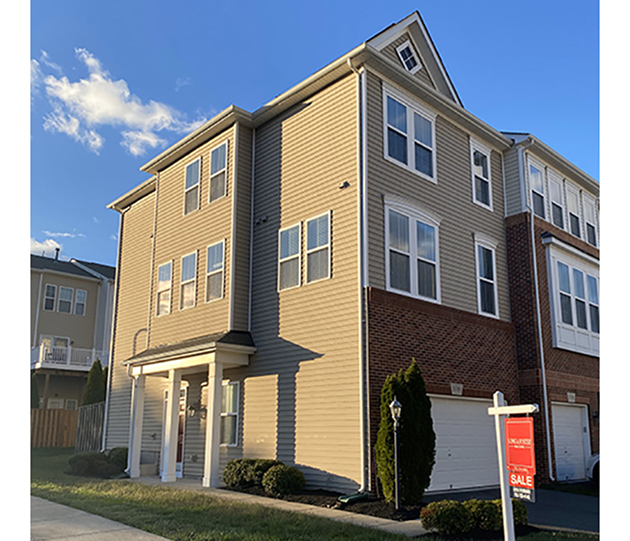
Cooling National House Prices Mask Regional Differences, First American Reports

Annual house price appreciation has slowed for 10 consecutive months, but pricing trends vary significantly by region, according to First American Data & Analytics, Santa Ana, Calif.
House price growth reported in the September Home Price Index report for July to August 2025 was unchanged at -0.2 percent. But house price growth continued in the Northeast and Midwest, while many Sun Belt markets surrendered some of their pandemic boom era gains.
“The housing market’s steadily unfolding cooldown has now reached 10 consecutive months of slowing annual price appreciation,” First American Chief Economist Mark Fleming noted. “Nationally, house prices are now 0.7 percent below their peak in May as demand adjusts to affordability constraints and inventory improves. For buyers, who are often first sellers, today’s market offers more choices and greater negotiating power, as annual price appreciation slows to its slowest pace since 2012.”
The First American HPI segments home price changes at the metropolitan level into three price tiers: starter tier, which represents home sales prices at the bottom third of the market price distribution; mid-tier, which represents home sales prices in the middle third of the market price distribution; and luxury tier, which represents home sales prices in the top third of the market price distribution.
“House prices declined year over year in 19 of the 30 largest markets we track in September, demonstrating the broad downward shift in momentum,” Fleming said. “Yet, this masks regional differences–strong house price growth in Cincinnati and steady growth in St. Louis, for example, while prices are still recalibrating after years of rapid growth in pandemic darlings like Phoenix and Tampa, Fla.”
The HPI uses a repeat-sales methodology, which measures price changes for the same property over time using more than 46 million paired transactions to generate the indices.
